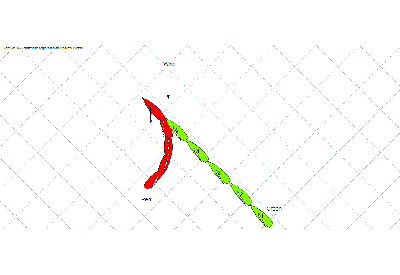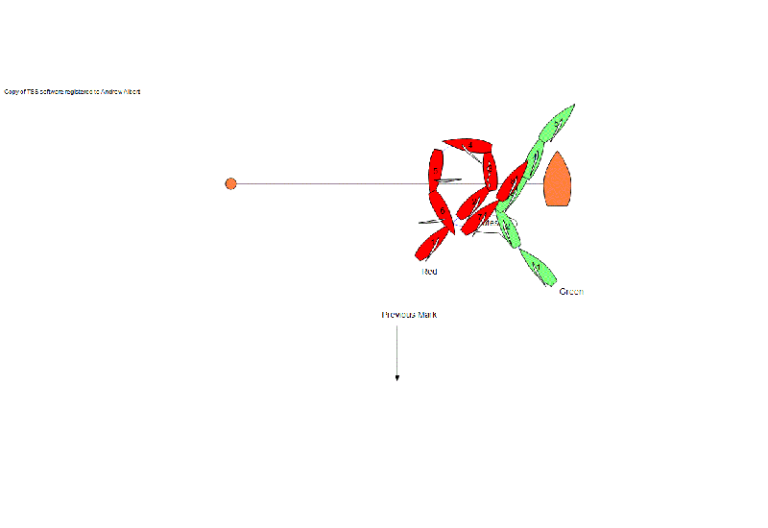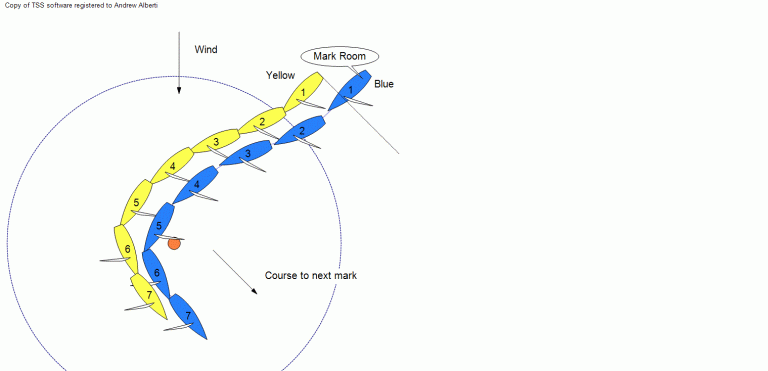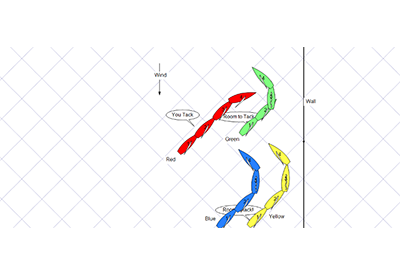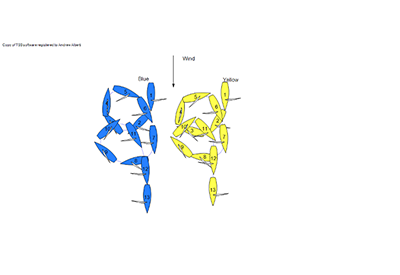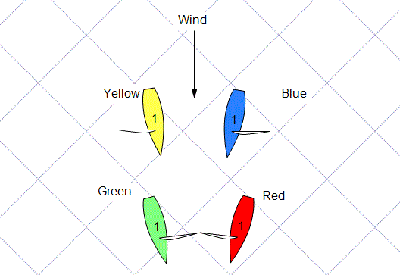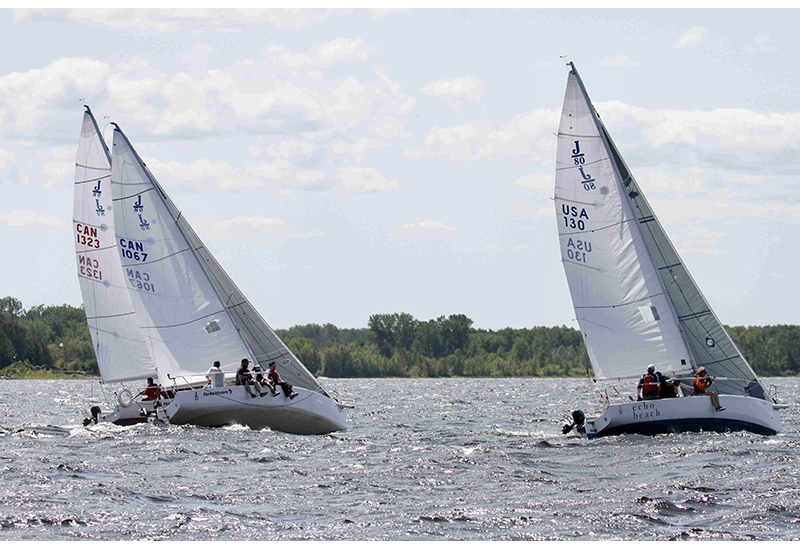The Rules Guy: New Rule Changes II
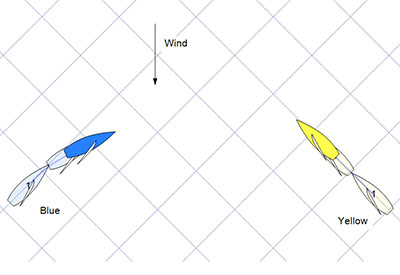
Feb 25, 2021
This month, we continue our exploration of changes included in the 2021-2024 edition of the Racing Rules of Sailing. This edition brings a lot of changes, but few affect the way we sail on the course.
Rule 16 is a general rule which puts limitations on right-of-way boats when they change course – here is where you find changes in the right-of-way rules that might change the game. The most frequently used part of the rule, 16.1, requires all right-of-way boats on the course to give others time to avoid them when changing course, and is unchanged. Rule 16.2 puts further limitations on starboard-tack boats approaching port-tack boats. It has had quite a few changes. Some were designed to plug a loophole in the old rule. One change allows something that was not allowed before.
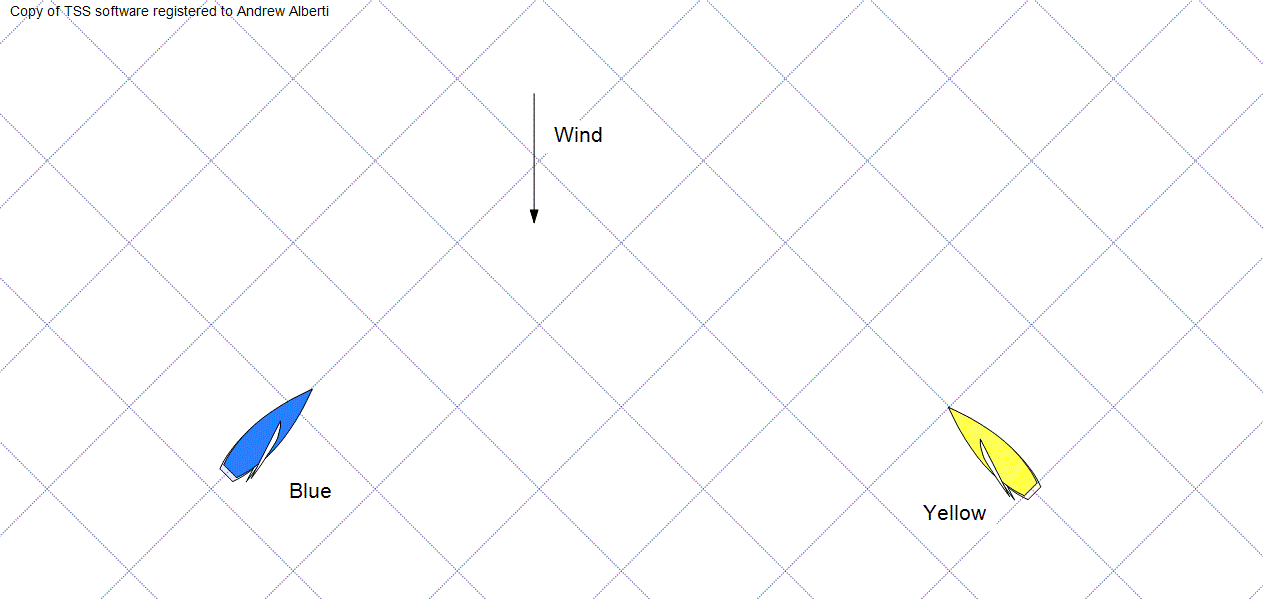 In the first diagram, Blue, on port, is approaching starboard-tack Yellow. Blue is slightly ahead but if she holds her course, she will not cross. At position 2, Blue starts to bear away to go to leeward of Yellow. For some reason, Yellow at position 3, decides to make this more difficult and bears away as well. Blue must immediately bear away further and eventually the two boats pass. This manoeuvre by Yellow was probably illegal under the old (2017-2020) rule 16.2 and is certainly illegal under the new (2021-2024) rule 16.2. The reason I say “probably illegal” is that there was a loophole. The old rule referred to the port-tack boat passing astern of the starboard-tack boat. If you look at the boats in position 5, Yellow has gone to such a low course that Blue never actually passes astern of Yellow. The new rule talks about Blue passing to leeward of Yellow, which she does. As is often the case with these rule changes, the new rule now says what we always thought the old rule said, so there is no real change.
In the first diagram, Blue, on port, is approaching starboard-tack Yellow. Blue is slightly ahead but if she holds her course, she will not cross. At position 2, Blue starts to bear away to go to leeward of Yellow. For some reason, Yellow at position 3, decides to make this more difficult and bears away as well. Blue must immediately bear away further and eventually the two boats pass. This manoeuvre by Yellow was probably illegal under the old (2017-2020) rule 16.2 and is certainly illegal under the new (2021-2024) rule 16.2. The reason I say “probably illegal” is that there was a loophole. The old rule referred to the port-tack boat passing astern of the starboard-tack boat. If you look at the boats in position 5, Yellow has gone to such a low course that Blue never actually passes astern of Yellow. The new rule talks about Blue passing to leeward of Yellow, which she does. As is often the case with these rule changes, the new rule now says what we always thought the old rule said, so there is no real change.
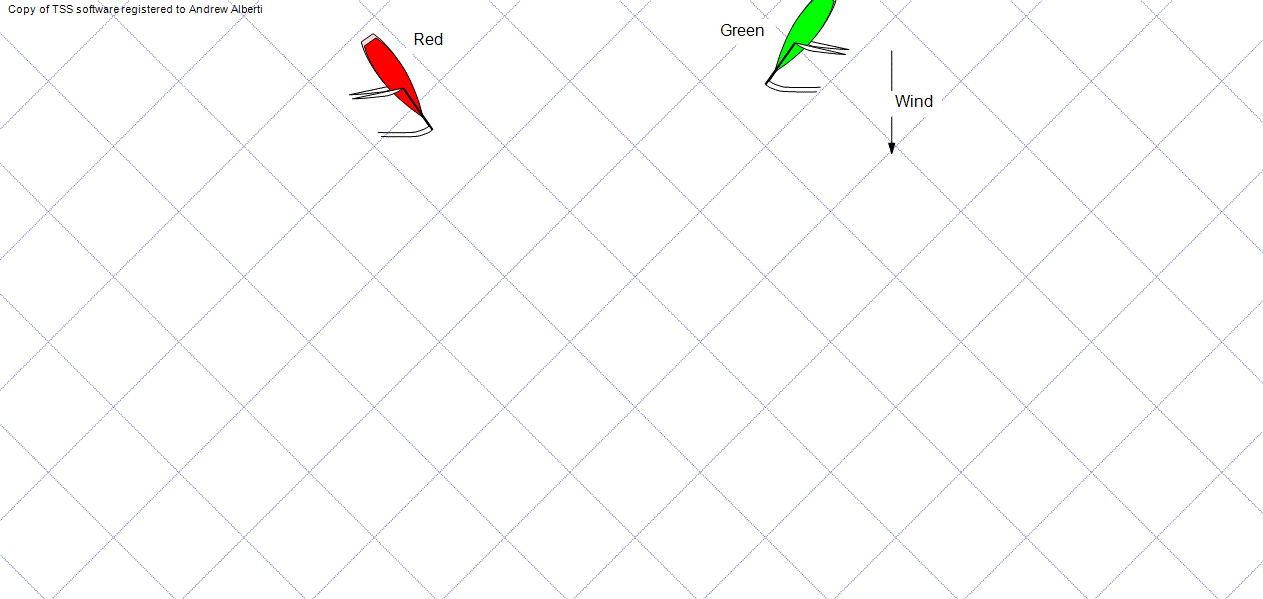
In the second diagram, Red on port is approaching Green on starboard. Red is not going to cross Green, so at position 2 she heads up. At position 3 Green also heads up. This means that Red has to immediately head up more. Eventually Red passes to windward, then astern of Green. It is not really clear why Green would do this. She might be trying to make it difficult for Red to gybe into a leeward overlap. Whatever the reason, the old rule 16.2 declared this was illegal. Port-tack Red was keeping clear by passing astern of Green but Green then made a course change that nullified Red’s course change and forced another immediate change to enable her to keep clear. Although the sequence sounds problematic, new 16.2 does not apply for a number of reasons. The boats are not on a beat to windward; Red is going to pass to windward of Green, not to leeward; and Green does not bear away, she heads up. Therefore, Green’s actions are legal – as long as she acts in a way that gives Red room to keep clear. If she fails to do that, then Green breaks rule 16.1.
Some people have asked whether this new rule 16.2 would apply before the start signal. The short answer is no. There is an existing World Sailing Case (Case 132) which defines a “beat to windward” and makes it clear that before the start signal, nobody is on a beat to windward, even if sailing a close-hauled course.
16 CHANGING COURSE
16.1 When a right-of-way boat changes course, she shall give the other boat room to keep clear.
16.2 In addition, on a beat to windward when after the starting signal a port-tack boat is keeping clear by sailing to pass astern to leeward of a starboard-tack boat, the starboard-tack boat shall not change course bear away if as a result the port-tack boat would immediately need to must change course immediately to continue keeping clear.
Red text is new to the 2021 rulebook, Red strikethrough text is deleted in the 2021 rulebook. Italics shows a term used in the sense stated in the definitions.

Andrew Alberti is a National Judge and National Umpire. He is a member of the Sail Canada Rules and Appeals Committees. Send your questions to Andrew at kyrules@alberti.ca.

